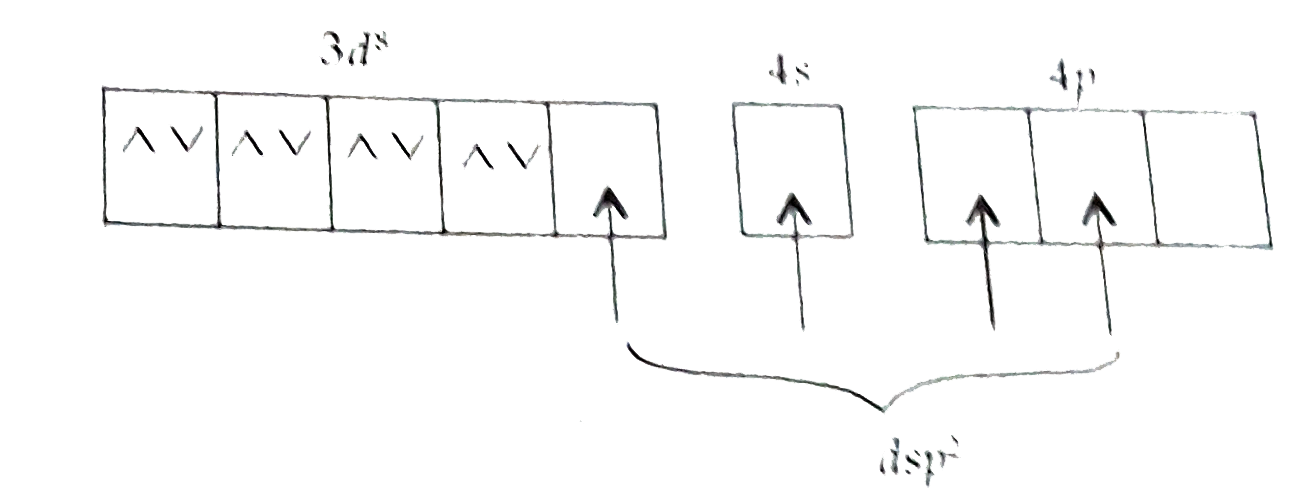Text Solution
Verified by Experts
|
Topper's Solved these Questions
XII BOARDS
XII BOARD PREVIOUS YEAR PAPER ENGLISH|Exercise SET-II|32 VideosView PlaylistXII BOARDS
XII BOARD PREVIOUS YEAR PAPER ENGLISH|Exercise SET-III|31 VideosView PlaylistSAMPLE PAPER 2019
XII BOARD PREVIOUS YEAR PAPER ENGLISH|Exercise SECTION: D|1 VideosView Playlist
Similar Questions
Explore conceptually related problems
Knowledge Check
Similar Questions
Explore conceptually related problems
XII BOARD PREVIOUS YEAR PAPER ENGLISH-XII BOARDS-SET - II
- (a) What type of isomerism is shown by the complex [Co(NH(3))(5)(SCN)]...
08:41
|
Playing Now - What are lyophobic colloids? Give one example for them.
02:12
|
Play - Why is thie that only sulphide ores are connectrated by forth floata...
01:08
|
Play - Write the IUPAC name of the following compounds:
02:51
|
Play - Darw the structure of 2,6 Dimethyphenol.
01:32
|
Play - Rerrange the following in an increasing order of their basic strength...
03:40
|
Play - In corundum, oxide ions are arranged in hexagonal close packing and al...
02:49
|
Play - Calculate the equilibrium constant K(c) for the rections. 3Sn^(4) ...
02:36
|
Play - Explain giving a suitable reason for each of the following : (i)...
04:42
|
Play - Write the main structural difference between DNA and RNA. Of the four ...
05:13
|
Play - What mass of NaCI ("molar mass" =58.5g mol^(-1)) be dissolved in 65g o...
01:21
|
Play - Write the stucture and names of all steresiomers fo the following com...
06:04
|
Play - (a) Differentiate between a disinfectant and an antiseptics. Given ...
03:22
|
Play

 ltBrgt as `CN^(-)` is strong ligand due to that, pairing of `e^(-)`s take place. Hence, no unpaired electrons due to that. It is diamagnetic in nature.
ltBrgt as `CN^(-)` is strong ligand due to that, pairing of `e^(-)`s take place. Hence, no unpaired electrons due to that. It is diamagnetic in nature.